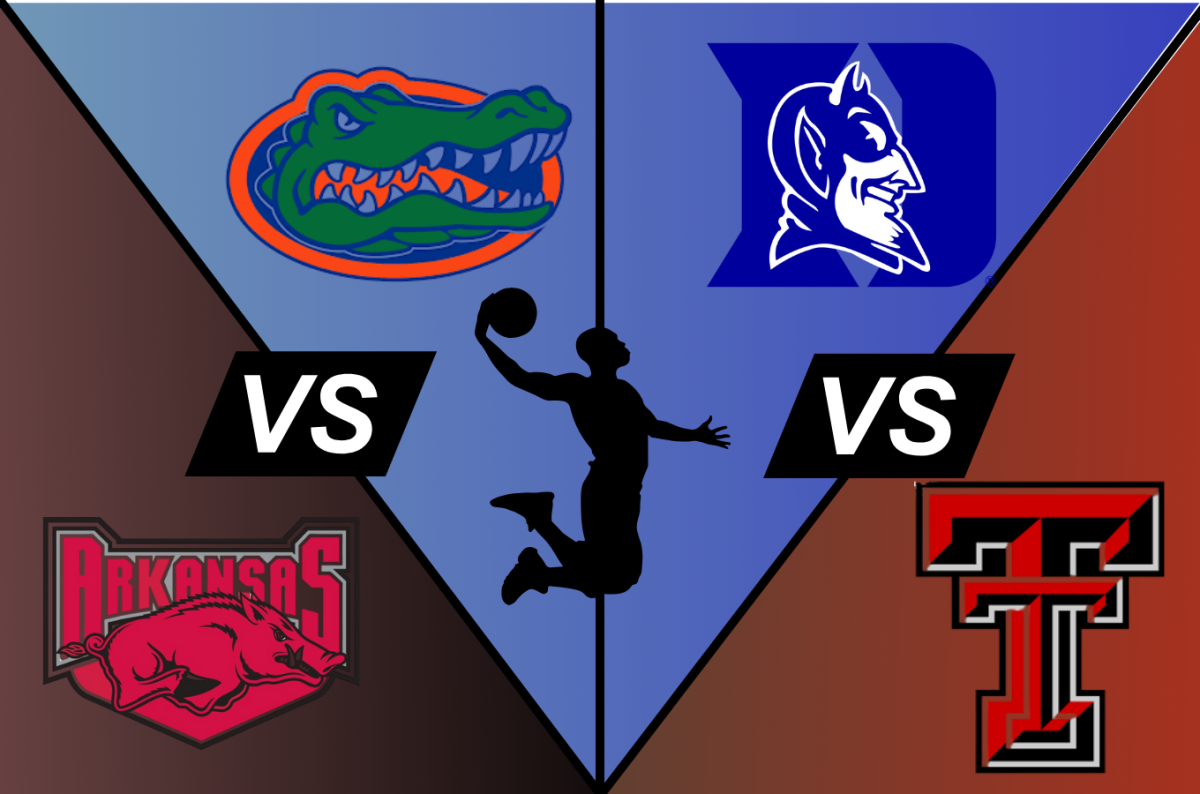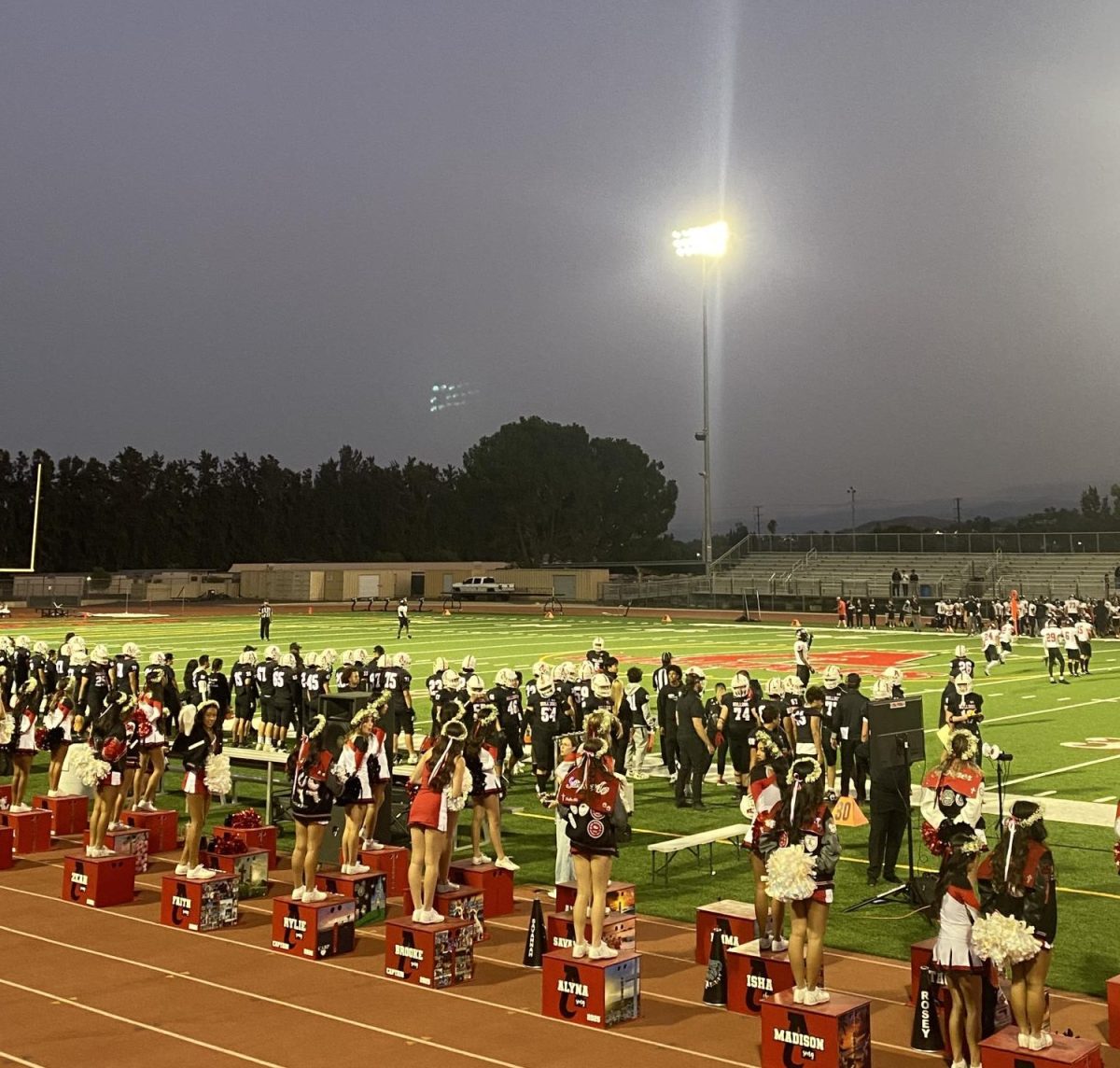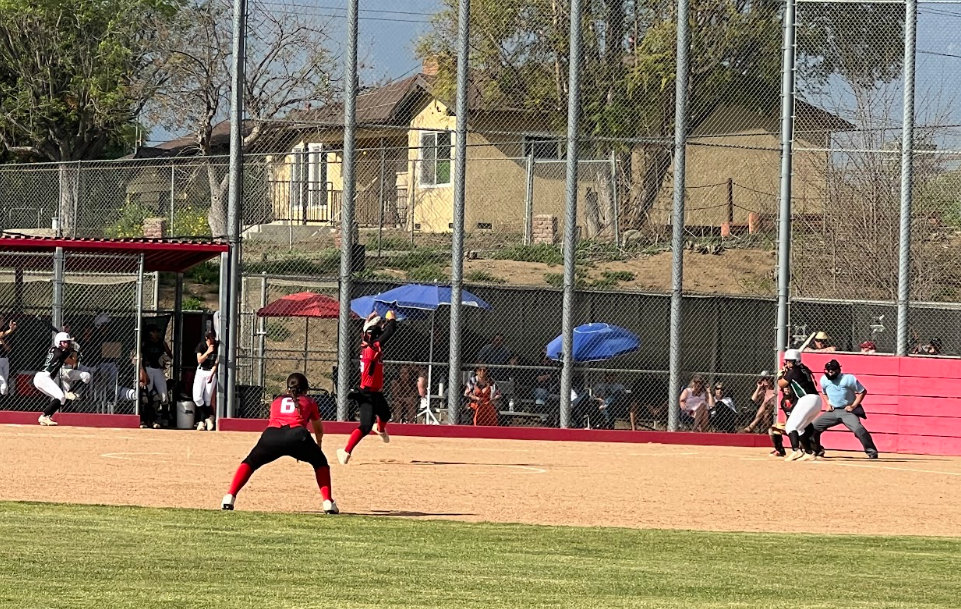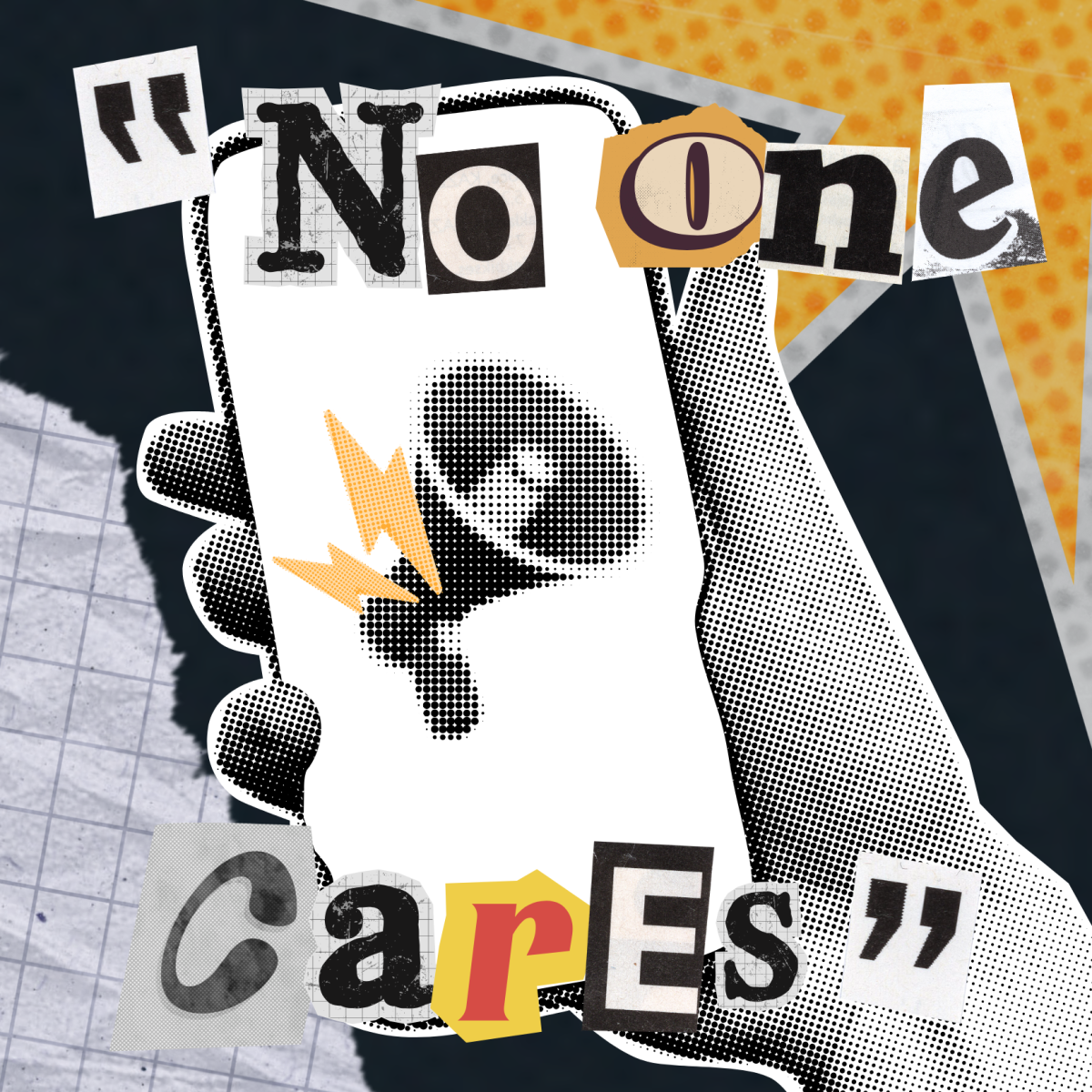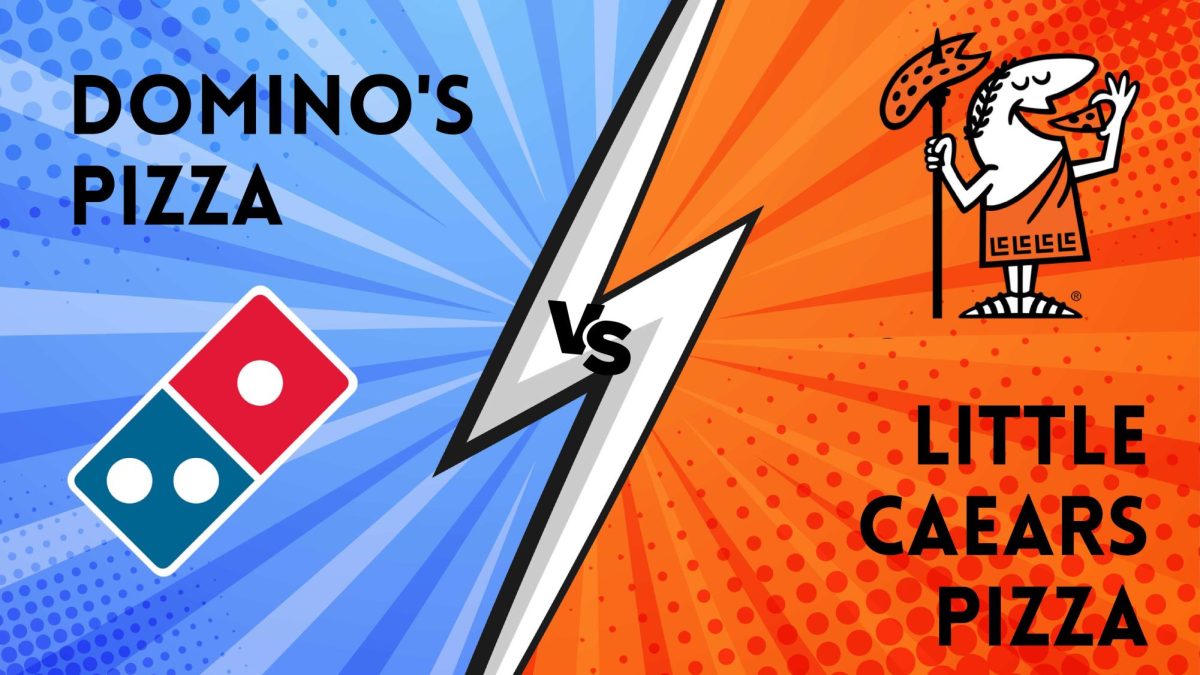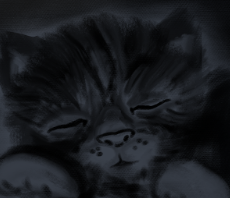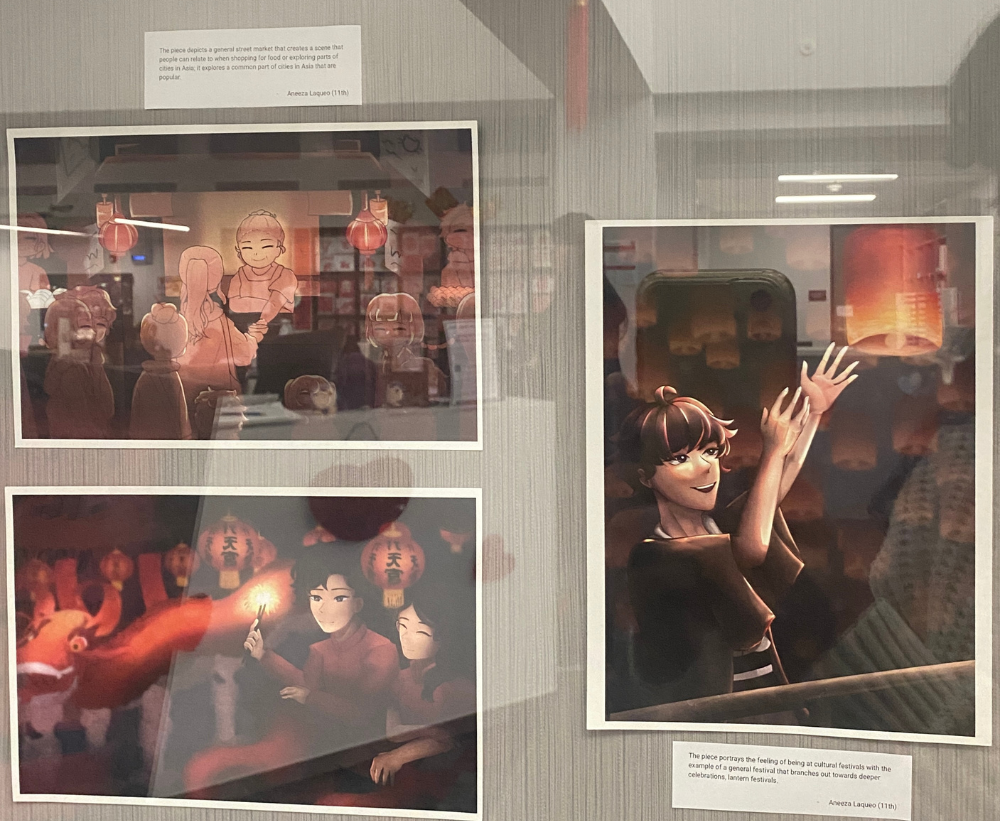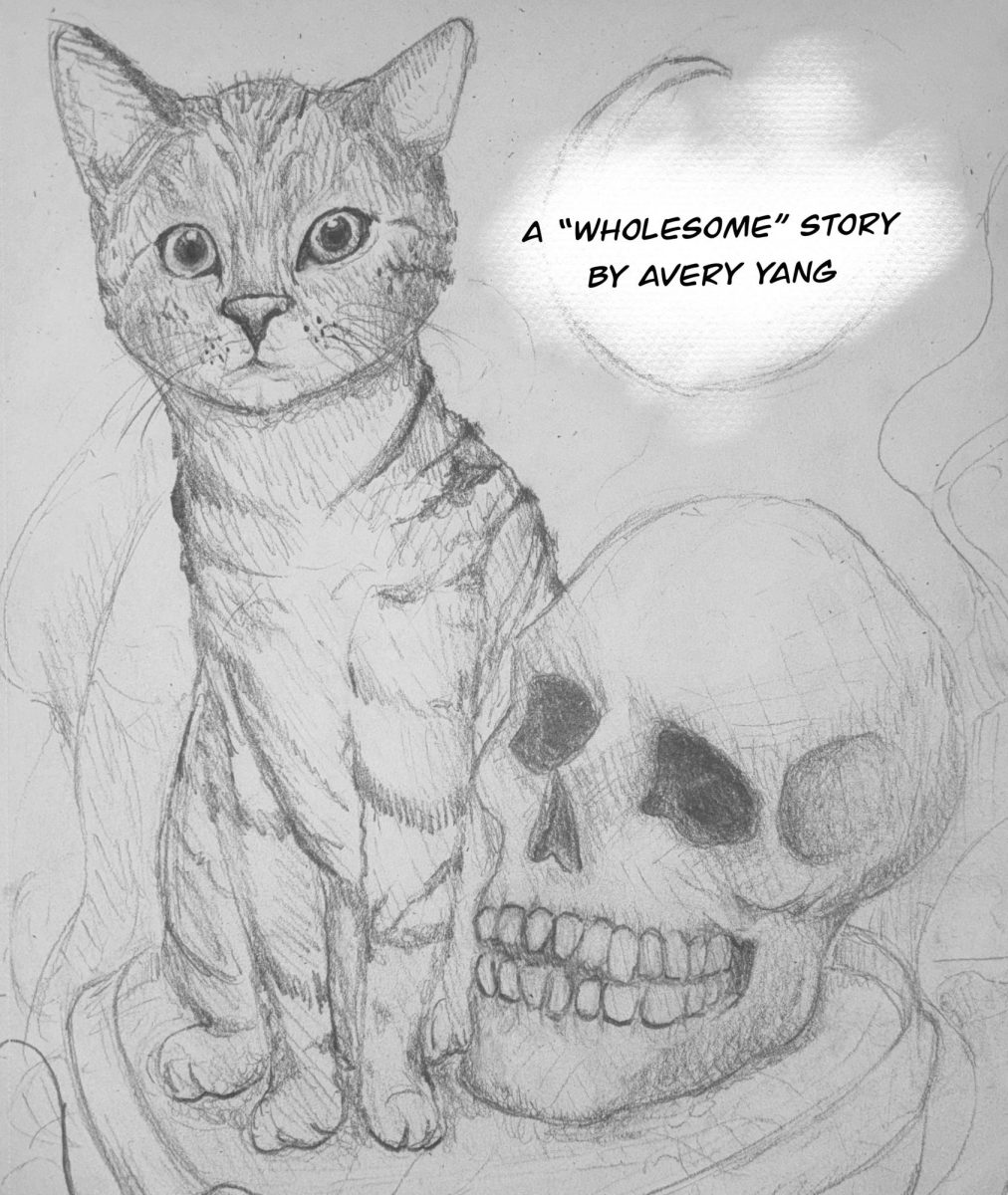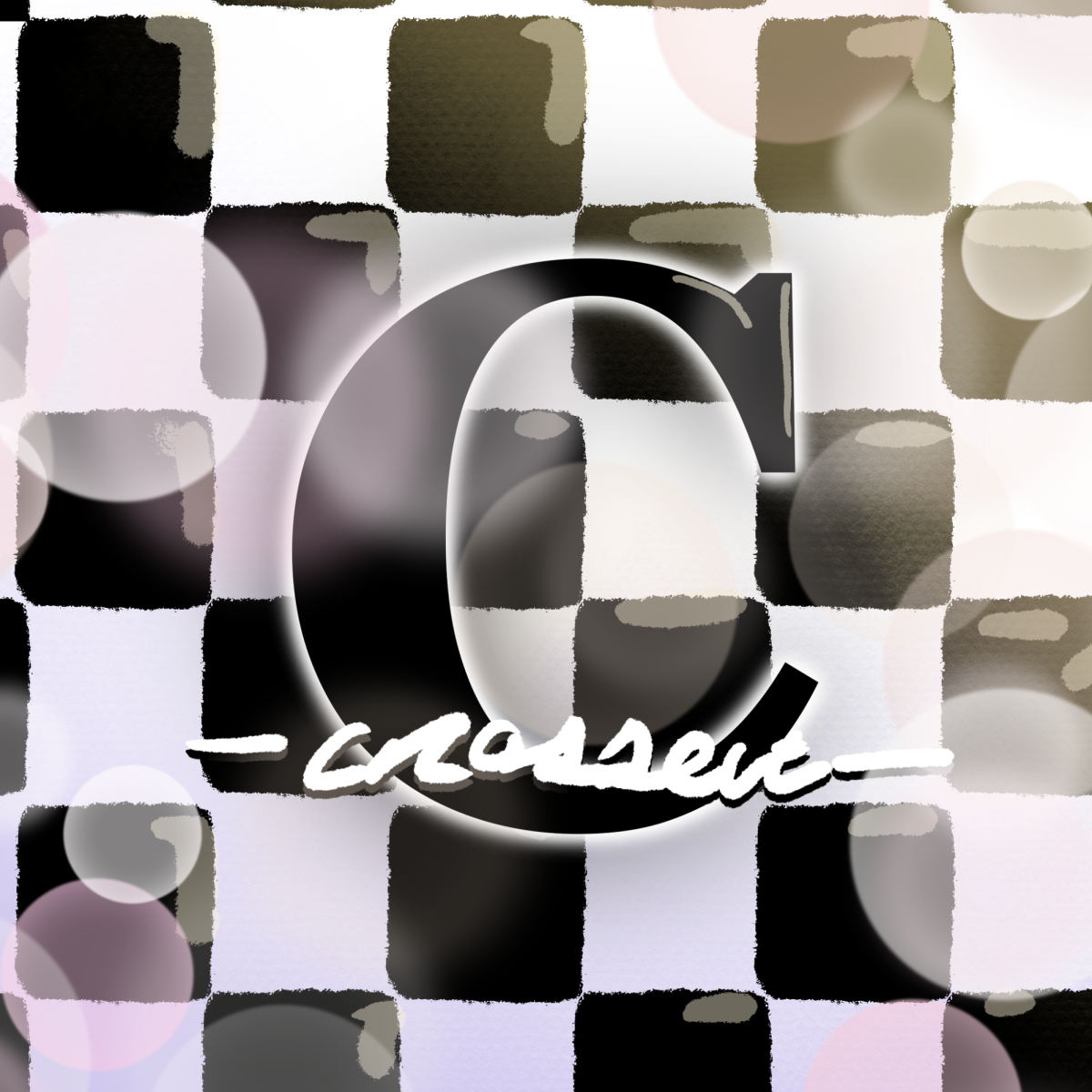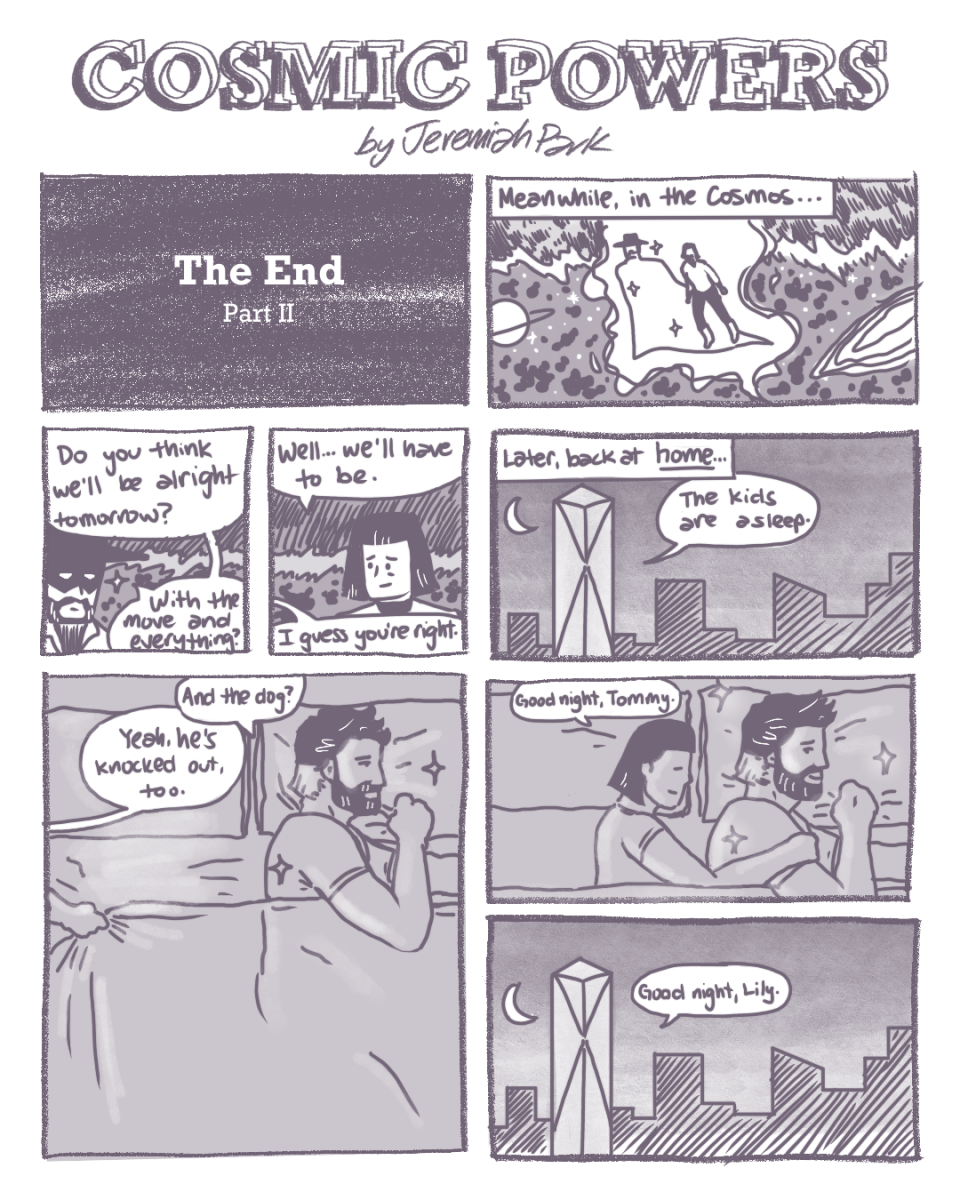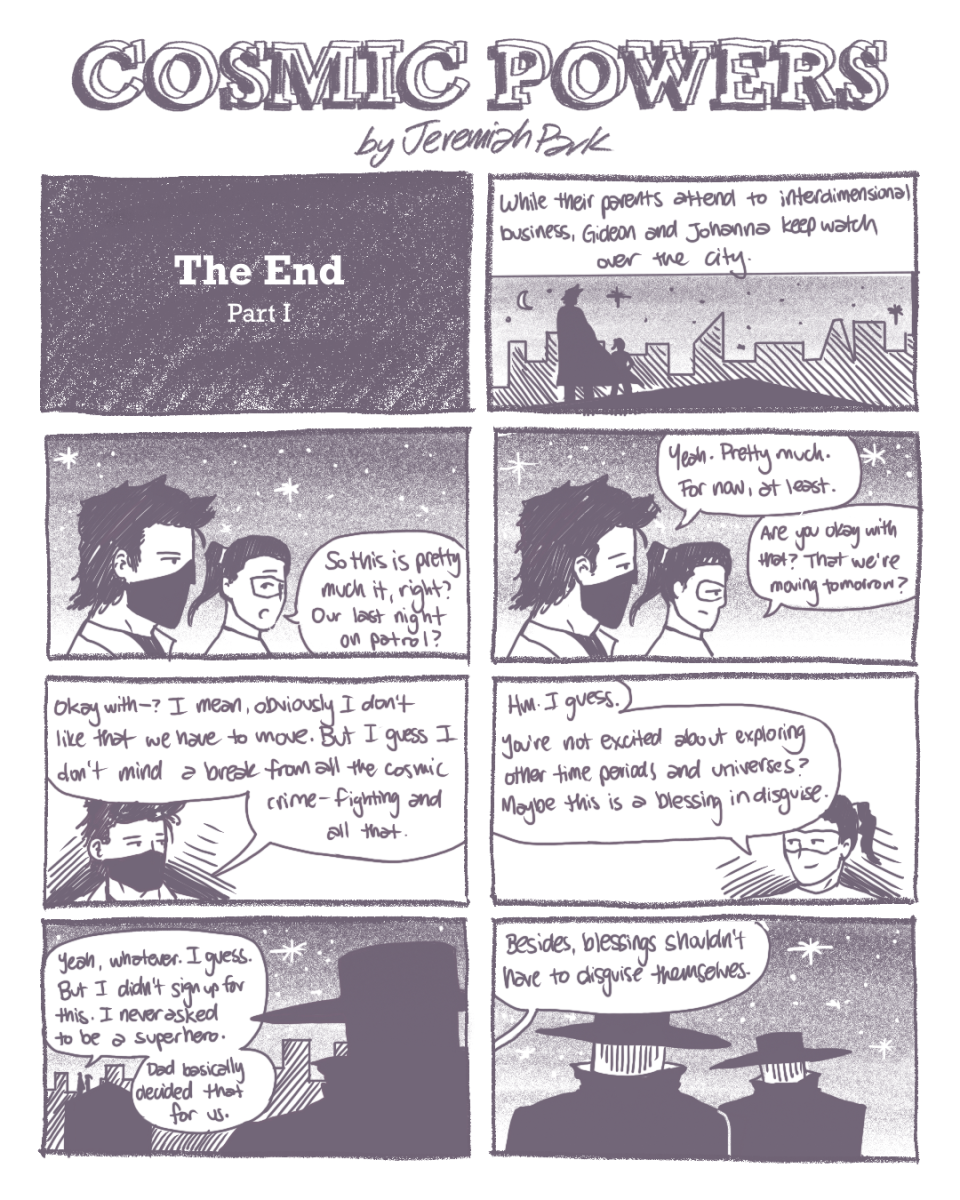The issues with “Miraculous Tales of Ladybug and Cat Noir” Part 1
September 23, 2022
Miraculous Tales of Ladybug and Cat Noir, AKA Miraculous Ladybug or Miraculous, is a children’s television series originated in France, created by Thomas Astruc. People are heavily invested in a French “kids show” that’s about two teen superheroes fighting crime in the city of Paris.
Once this show moved over to US televisions in 2015, it immediately became popular, establishing a giant fan base of not only small children, but preteens and young adults as well. Although it was originally made for children, the fan base would agree with me when I say it’s not a “kids show.” If you know, you know. The complicated love square and side story plots give many a hard time, but the worst part is how the show is executed.
Most of the ideas and storylines introduced in this show are pretty decent and have the potential to be very impactful and interesting, but the problem is the way it’s made and, of course, the writing. Many argue “it’s just a kids show,” but what they fail to do is read between the lines.
Another big execution fail includes the gaping plot holes. This may not be completely the writer’s fault, but it is still a big issue that almost completely ruins the show. One of the biggest plot holes that had severe backlash was the Season 3 incident.
In the episode “Kwami Buster,” the two main characters, Adrien and Marinette, both talk with their Kwamis (magical creatures that assist in hero transformations) about the conflict of the episode and state something that has never ever been mentioned in the previous seasons. This new rule was meant to be introduced like it was always there before, but fans were angered because this rule made no sense and was never part of the story.
The only reasonable explanation for this is that they wanted to keep the show going. The main ideas have been explored and there isn’t really anything stopping the main relationship from happening; that’s why they introduced a bogus obstacle to keep them apart until they are satisfied with the profits.
Incorrect episode order also ties into a fluctuating target audience. As mentioned, the creators of the show sometimes include vital or special episodes. If they were trying to appeal to their original target audience, this would not be idiotic but simply unnecessary. Most of the information and character development will either fly over their heads or be forgotten when the action kicks in. So, the only valid explanation is that these episodes are meant for the older audience that follows the show. This doesn’t widen the target audience like intended but, instead, creates several separate target audiences, where certain episodes only appeal to specific audiences. This whole conflict just adds more to the confusion and creates another obstacle that stops this show from reaching its great potential.
Another execution issue comes from the constant shift of format and organization. Although the show keeps a villain-of-the-week format, they sometimes add vital or special episodes. This makes it difficult for the show to be viewed correctly because the show thinks of itself as the type to be able to be played in any order. Although this helps profits from random reruns, it contributes to a bigger problem: incorrect episode order. Due to the show’s popularity and success, many different streaming services have wanted to introduce it to their subscribers. The competition for this show leaves it scattered and the show’s negligence toward episode order ruins the organization.
All this chaos is what makes this show hard to watch, not only for fans, but new viewers. The fans may have it bad, but for new audiences to the show, it’s practically impossible to watch. It’s too confusing, because without help from a fan who watches the show, viewers can’t figure out what to watch or where to watch. Not only that, but they have to suffer through the childish episodes and terrible infrastructure of the show, only so they can reach the giant plot holes and twists at the end of the season. When it really comes down to it, Miraculous is for fans of Miraculous; if you’re not already a fan, you won’t be able to get into it like we do, but if you still want to watch, let me give you some advice.
Miraculous Ladybug has countless execution issues, mistakes, and overall bad executions. So, why do people above ten still watch it? Why waste their time on a terribly produced and flawed show? This is only what’s wrong with the execution of the show, but that’s only Part 1.




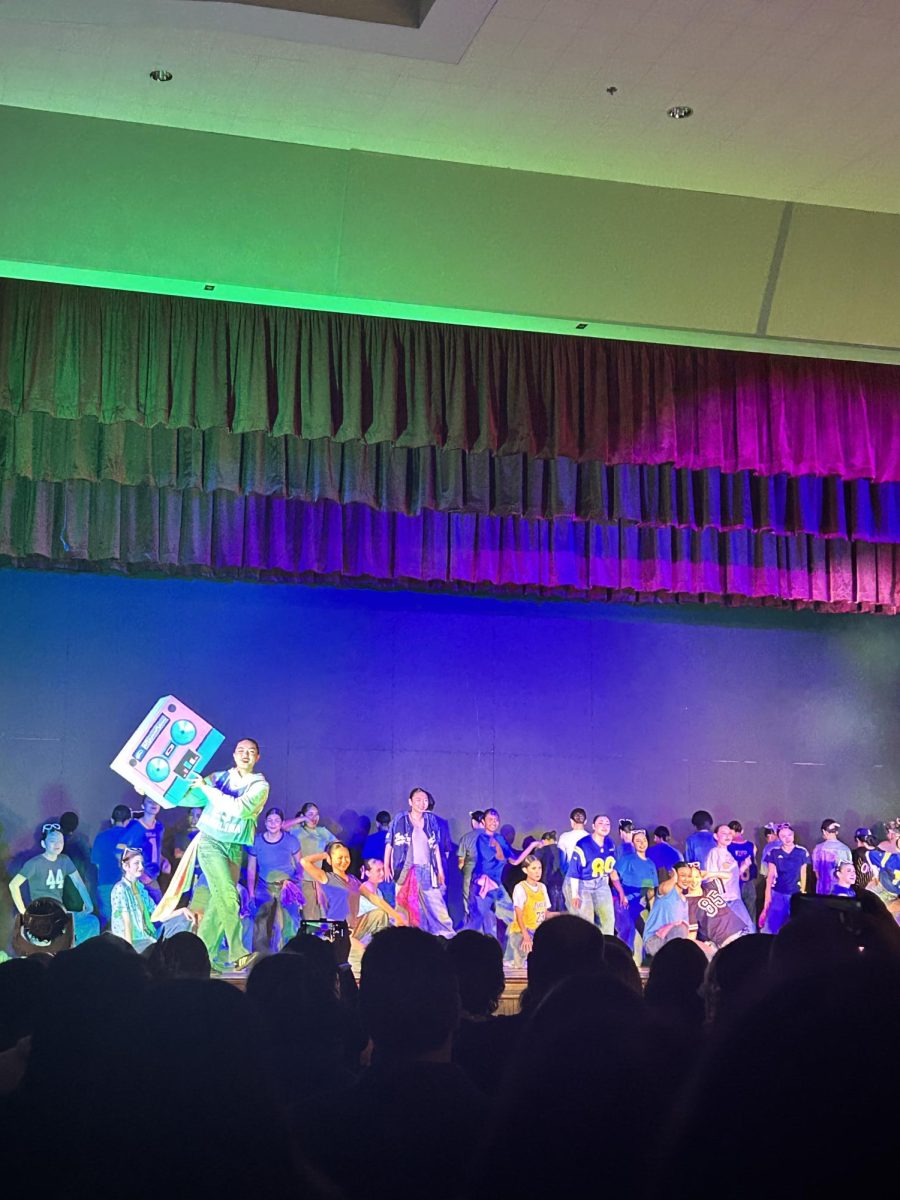













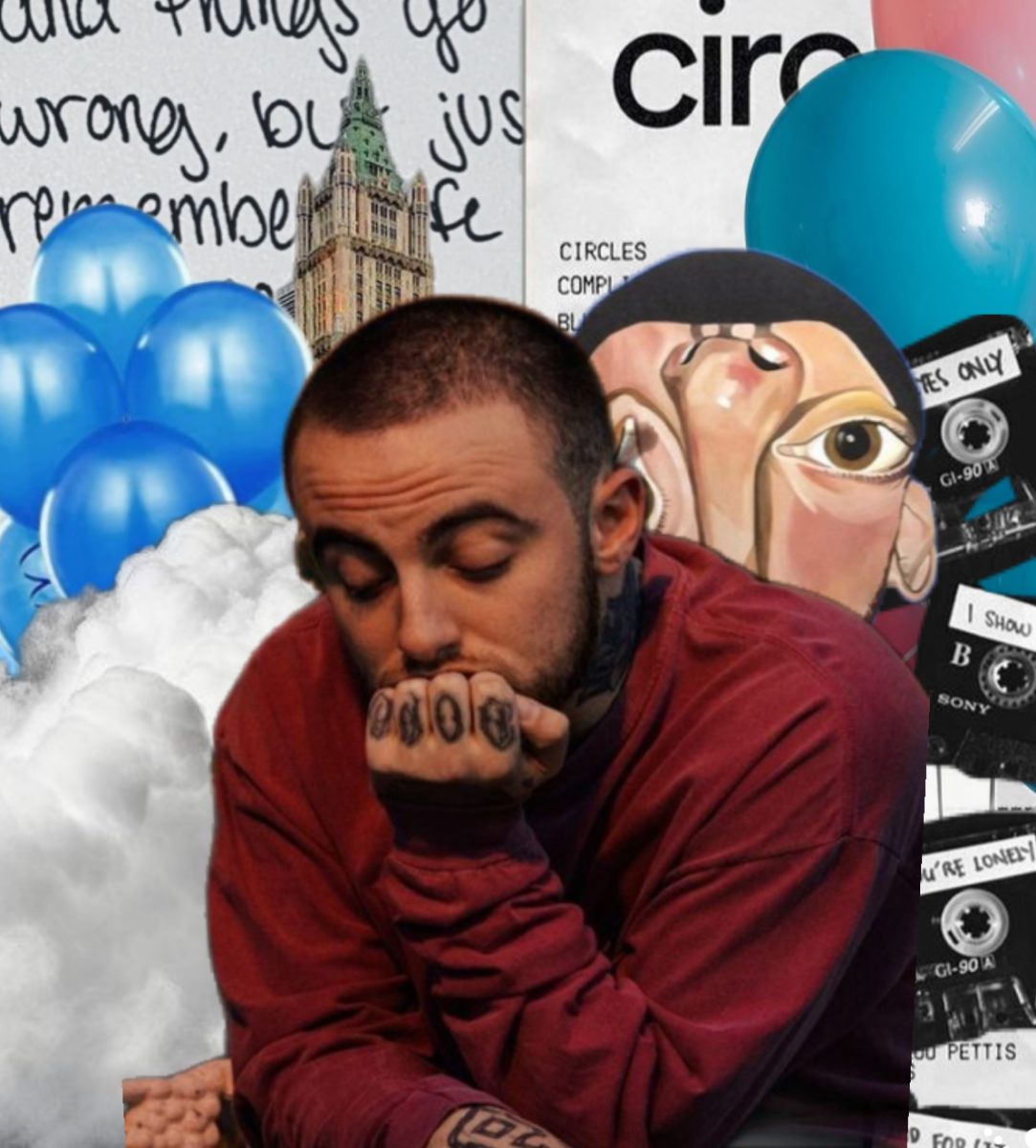


![“I'd say [this season was] successful because I didn't really think I was going to really play much because I'm a freshman. But my coaches took the time and believed in me,” Jonah Boyd (9) said. As a freshman, Boyd has already achieved great success during his first year on the boys Varsity baseball team.](https://ayalabulldogtimes.org/wp-content/uploads/2025/05/IMG_1598-1.jpeg)








